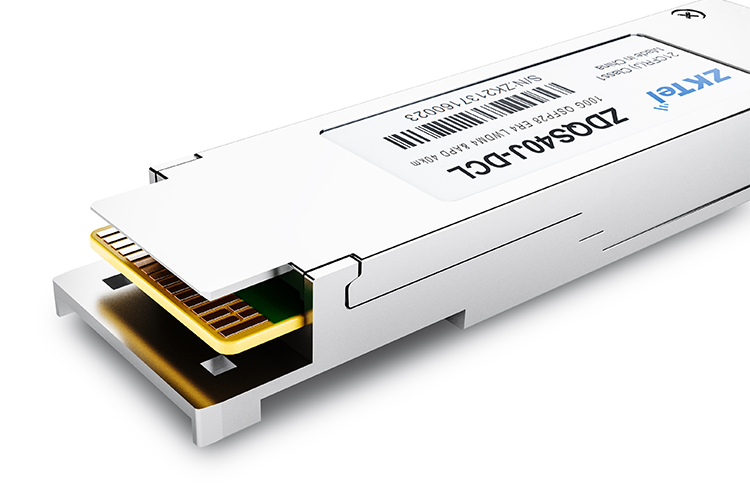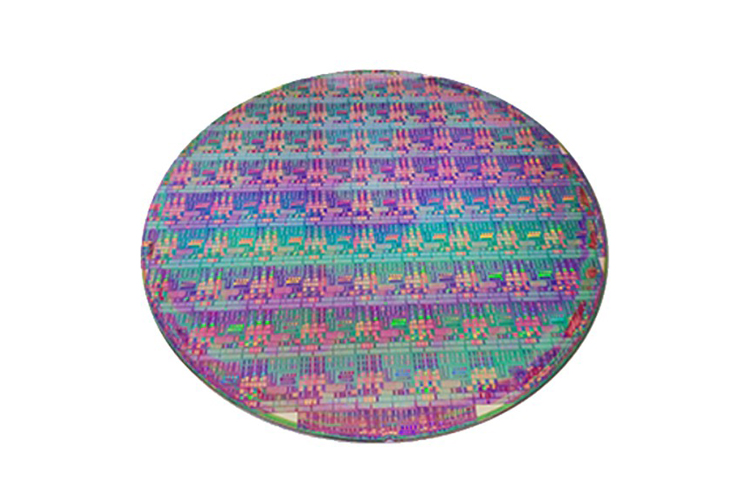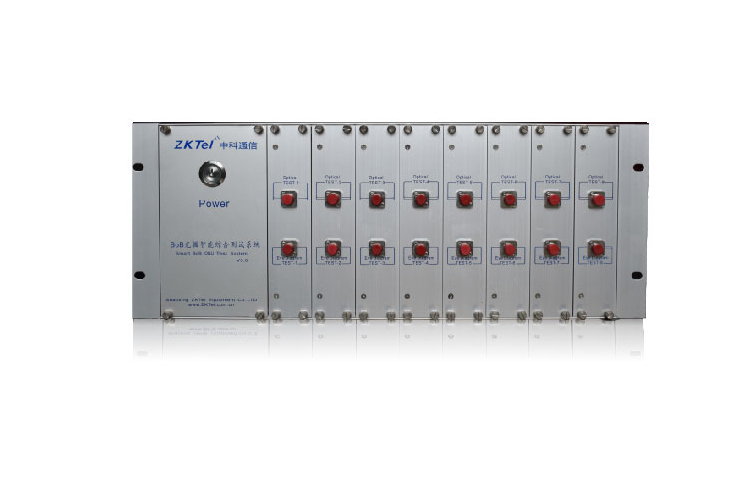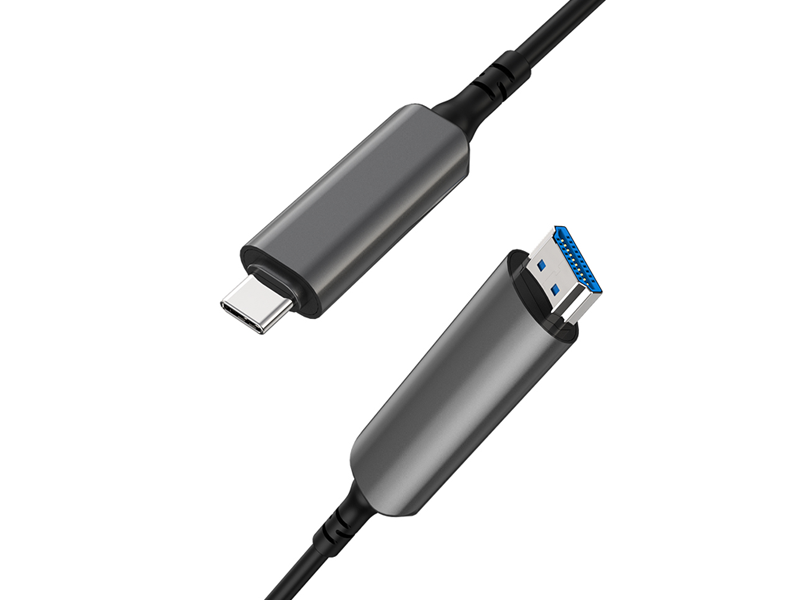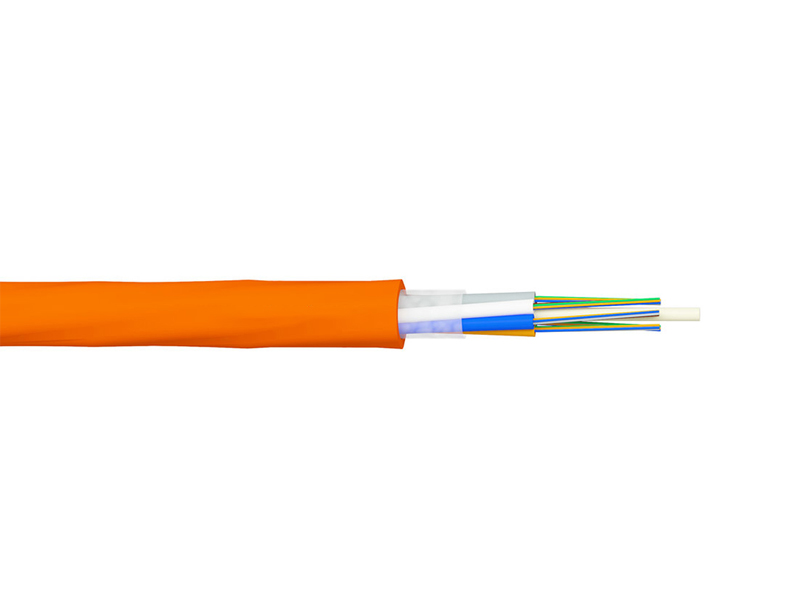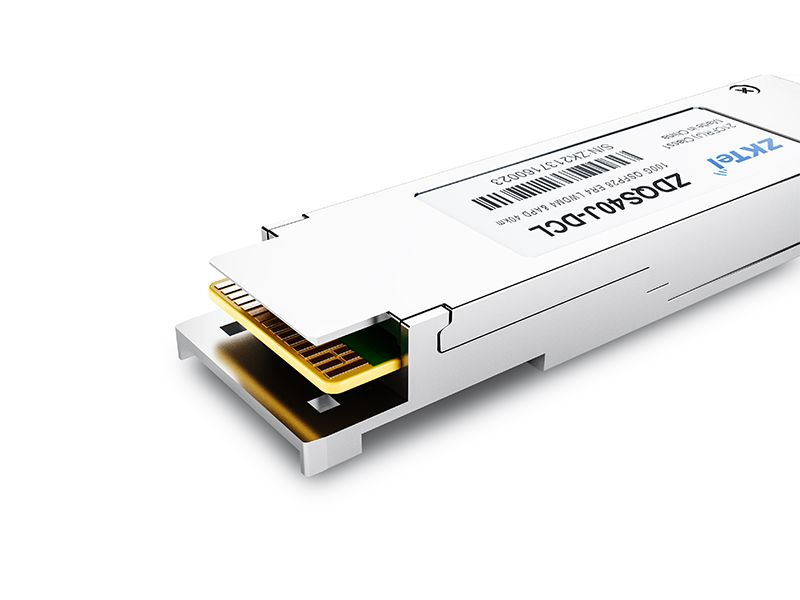The function of optical module is to realize the mutual conversion of photoelectric signals, and its main application areas include: 1. Data center; 2. Mobile communication base station; 3. Passive wavelength division system; 4. SAN/NAS storage network; 5. 5G bearer network. The following is a detailed introduction for you:
Ⅰ, Data Center
A large number of network switches and server clusters are placed in the host rooms of data centers, which are the core of integrated cabling and information technology network equipment and the data convergence center of information network systems. The connection between servers, between switches, and between servers and switches requires the use of optical modules (directly connected copper cables, active optical cables), fiber optic patch cords, and other transmission carriers to achieve data interoperability.

With the growing market demand for data transmission, IDC rooms can enhance the business competitiveness of small and medium-sized enterprises. The diversification of data center interconnection scenarios and individualized customer needs have given rise to different types of network equipment and transmission carriers (active optical cables, direct-connected copper cables, optical modules, fiber optic patch cords), so users need to make further choices based on actual application scenarios when selecting relevant equipment or accessories.
Ⅱ, Mobile Communication Base Station
Mobile communication base station, refers to the radio transceiver station that transmits information between the mobile communication exchange center and the action telephone terminal in a certain radio coverage area. Mobile communication base station refers to the radio transceiver radio station that transmits information between the mobile communication exchange center and the action telephone terminal in a certain radio coverage area.

The mobile communication base stations of operators also need optical modules to realize the interconnection between devices, base stations have RRU and BBU devices, in the application, we have to connect the links of these two devices, which requires our optical modules and fiber optic patch cords, in the 4G network, the equipment used to connect BBU and RRU are mainly 1.25G optical modules, 2.5G optical modules, 6G optical modules, 10G optical modules, etc.
Ⅲ, Passive WDM System
Passive wavelength division system is mainly used in metro network, backbone network and wide area network, and CWDM optical module and DWDM optical module are commonly used. Among them, CWDM optical module adopts CWDM technology, which can save fiber resources by combining optical signals of different wavelengths together through an external wavelength division multiplexer and transmitting them through one fiber. At the same time, the receiver side needs to use a wavelength decomposition multiplexer to decompose the complex optical signal.
The channel spacing of passive wavelength division multiplexing (CWDM) technology is 20nm, and the working wavelength is 1270-1610nm. CWDM optical modules of 40KM and above use the rear wave (1470-1610nm), and CWDM optical modules with transmission distance of 10KM and 20KM use the full wave band (1270-1610nm).
CWDM optical module is usually used in CWDM system, which is lower cost than DWDM optical module and widely used. In a CWDM system, the CWDM optical module is inserted in the switch, and a patch cable is used to connect the CWDM optical module and CWDM demultiplexer or OADM optical demultiplexer for operation.
Ⅳ, SAN/NAS Storage Network
With the rapid development of the Internet and network applications, the type of data to be processed by data and information storage systems is also exploding, which makes data and information storage systems face unprecedented challenges. Network Attached Storage (NAS) and Storage Area Network (SAN), which can separate data and information storage devices from the network and host system, can centralize the management of information and data, but also have good scalability, providing the most effective solution for centralized data management. Provides the most effective solution for centralized data management.
SAN/NAS storage network is mainly used to store data, in which the SAN network mainly consists of servers, Fibre Channel switches, storage devices, and transmission carriers (optical modules, fiber optic patch cables); NAS storage network mainly consists of NAS storage, switches, end devices (computers), transmission carriers (optical modules, fiber optic patch cables). It should be noted that SAN networks use Fibre Channel optical modules, which need to support FC Fibre Channel protocol, while the optical modules used in NAS storage networks only need to comply with the Ethernet protocol.
Ⅴ, 5G bearer network
The advent of the 5G era does give the optical module industry has led to a new round of growth space, 5G bearer network is generally divided into metro access layer, metro convergence layer, metro core layer / provincial trunk, to achieve the 5G service front and back in the transmission function, which is mainly dependent on optical modules between the layers of equipment to achieve interconnection.
The 5G forward transmission network mainly uses 25G SFP28 (eCPRI/CPRI) optical modules, including dual-fiber bi-directional, single-fiber BiDi, 25G WDM (including Tunable wavelength tunable) modules and other solutions.
Backhaul in 5G is mainly used in 25G, 50G, 100G, 200G, 400G optical modules, supporting a variety of interface protocols such as CPRI, eCPRI, Ethernet, OTN, and modulation formats such as NRZ, PAM4, DMT.
With the rise of big data, blockchain, cloud computing, Internet of Things, artificial intelligence, and 5G, making data traffic grow rapidly, optical interconnection for data centers as well as mobile communications has become a research hotspot in the optical communication industry, and optical modules that depend on the data communication market and telecom market are bound to attract new development opportunities.

